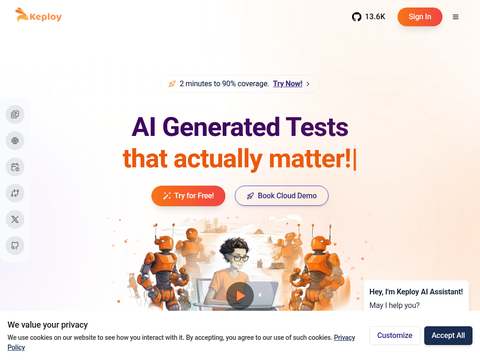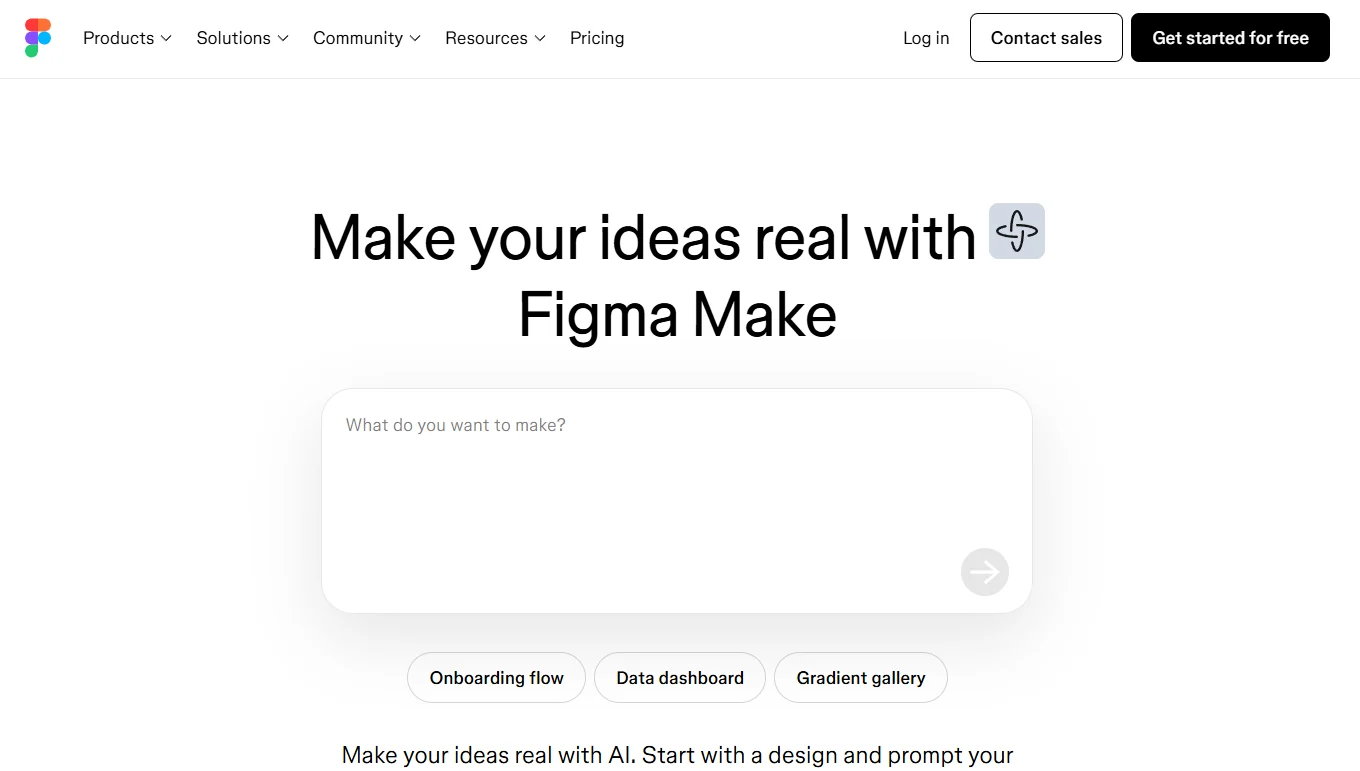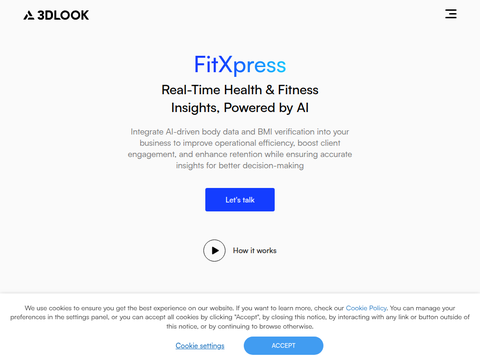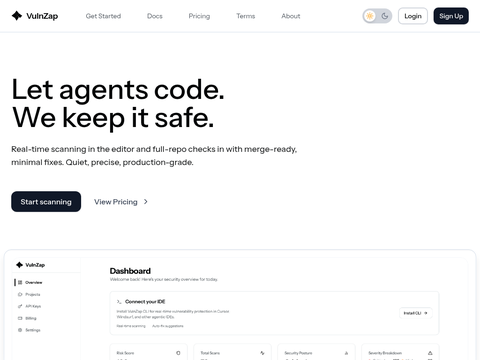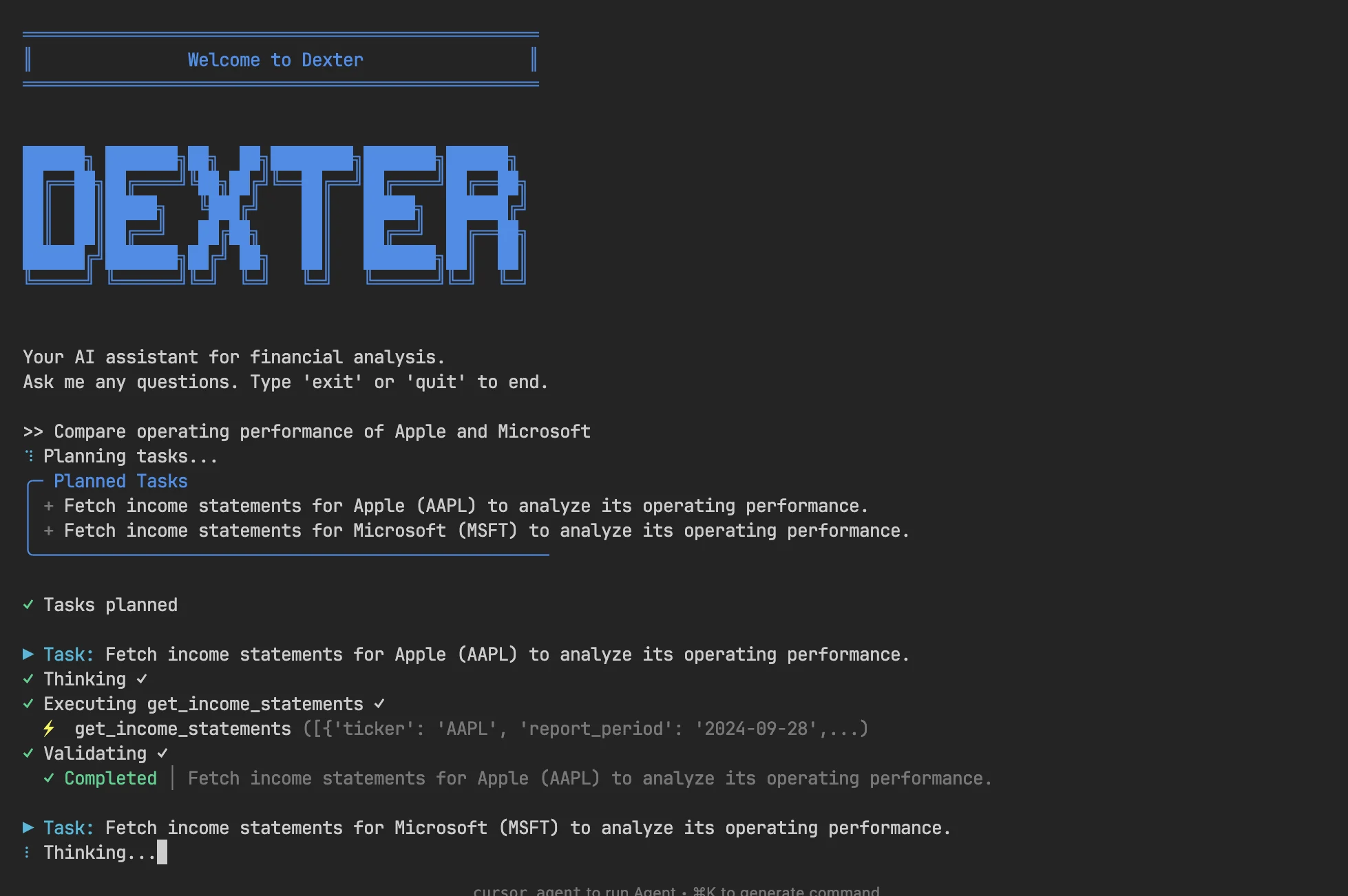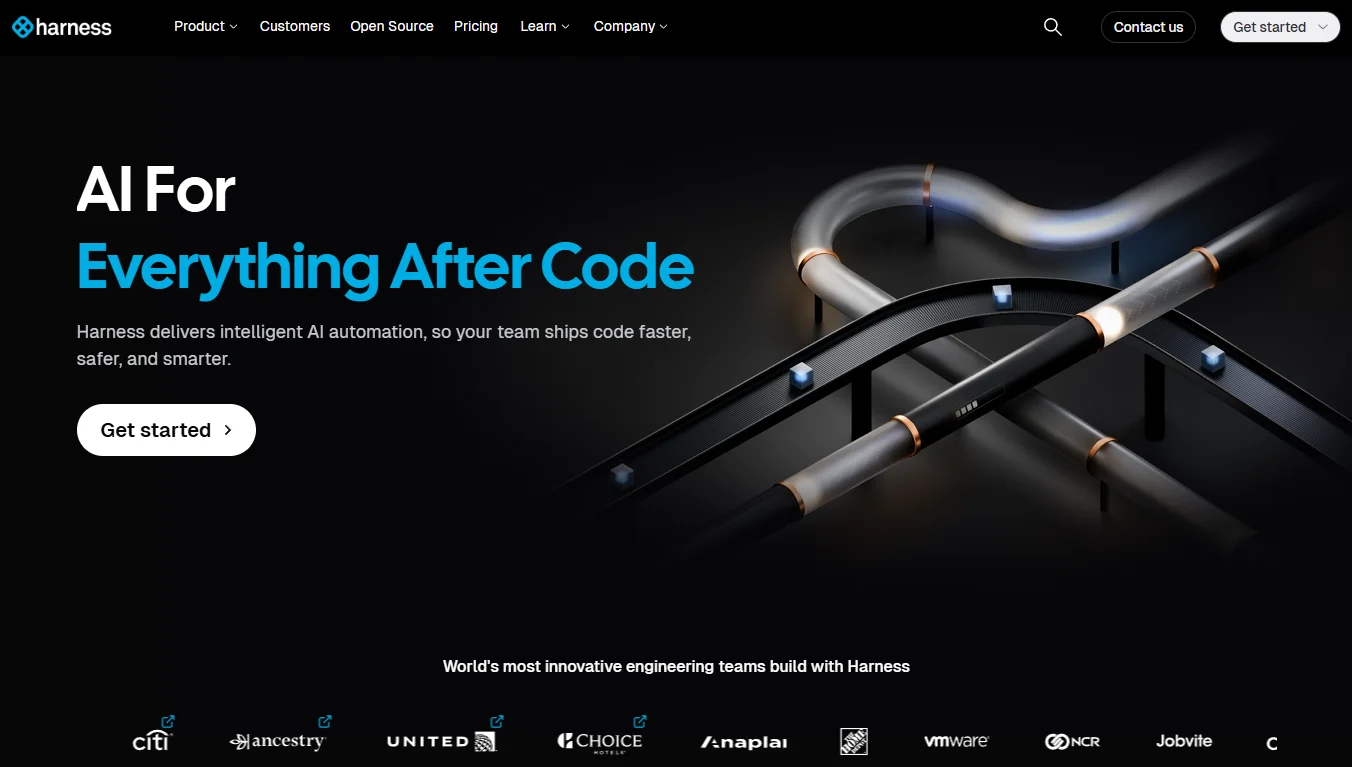Advancements in robotics technology have enabled automation of diverse real-world tasks, ranging from manufacturing and packaging operations in industrial settings to precise execution of minimally invasive surgical procedures. These systems also prove valuable for inspecting hazardous or inaccessible infrastructure such as tunnels, dams, pipelines, railway networks, and power generation facilities.
Despite their potential for safety-critical environmental assessments, most inspections still rely on human operators. In recent years, computational scientists have been developing models to optimize robotic trajectory planning for inspection tasks, ensuring motions complete required objectives effectively.
Researchers from Purdue University and LightSpeed Studios have introduced a novel, training-free computational approach for generating inspection plans based on written descriptions to guide robotic navigation in specific environments. Their methodology, detailed in an arXiv preprint paper, leverages vision-language models (VLMs) capable of processing both image data and textual information.
"Our research addresses practical challenges in automated inspection, where generating task-specific inspection routes is crucial for infrastructure monitoring applications," stated Xingpeng Sun, the lead author of the study in an interview with Tech Xplore.
"While existing approaches primarily use VLMs for unknown environment exploration, we've innovated by applying these models to fine-grained inspection planning in known 3D spaces using natural language instructions."
The core objective of Sun's team was to develop a computational model simplifying inspection plan generation while eliminating the need for extensive data-driven fine-tuning typically required by machine learning-based systems.
"We created a training-free framework using pre-trained VLMs like GPT-4o to interpret natural language inspection goals and associated imagery," explained Sun.
"This model evaluates candidate viewpoints through semantic alignment, utilizing GPT-4o for multi-view spatial reasoning (e.g., object interior/exterior relationships). We then apply mixed-integer programming to solve the Traveling Salesman Problem (TSP) and generate optimized 3D inspection trajectories considering semantic relevance, spatial sequence, and positional constraints."
TSP optimization identifies the shortest path connecting multiple locations while factoring environmental constraints. After solving this problem, the model generates smoothed robotic trajectories and optimal camera viewpoints for capturing key inspection areas.
"Our VLM-based, training-free robot inspection planning method efficiently translates natural language queries into smooth, precise 3D inspection trajectories," noted Sun and his advisor Dr. Aniket Bera. "Empirical results demonstrate state-of-the-art VLMs like GPT-4o exhibit strong spatial reasoning capabilities during multi-view image interpretation."
Through extensive testing, the researchers evaluated their model's performance in creating inspection plans for various environments using provided imagery. Results showed over 90% accuracy in predicting spatial relationships while successfully generating smooth trajectories and optimal camera viewpoints.
Future research directions include enhancing method performance across diverse environments, validating with physical robot systems, and enabling real-world deployment.
"Our next steps involve extending the approach to complex 3D scenarios, integrating active visual feedback for real-time plan optimization, and combining the framework with robotic control systems for closed-loop physical inspection deployment," concluded Sun and Bera.

